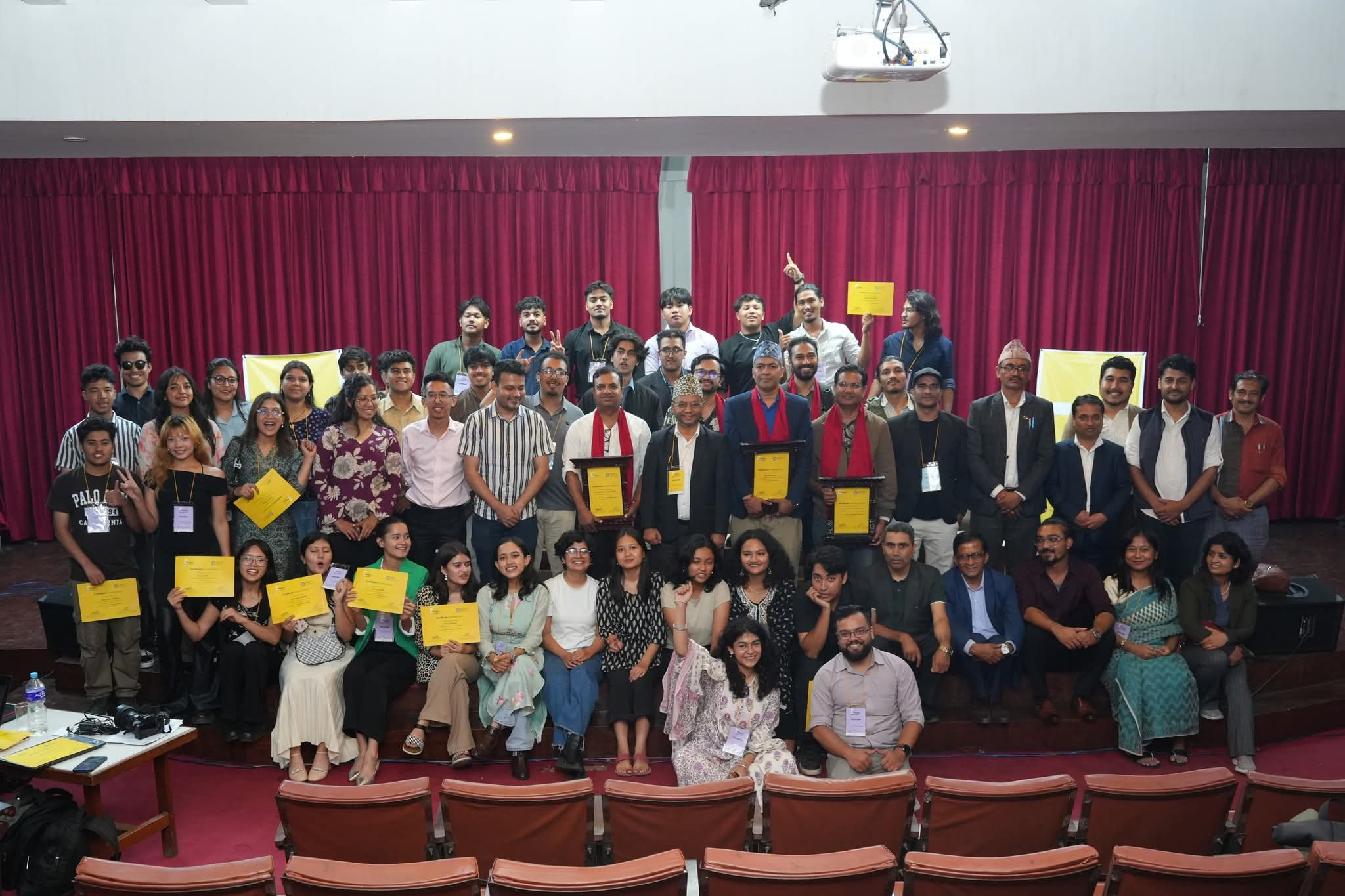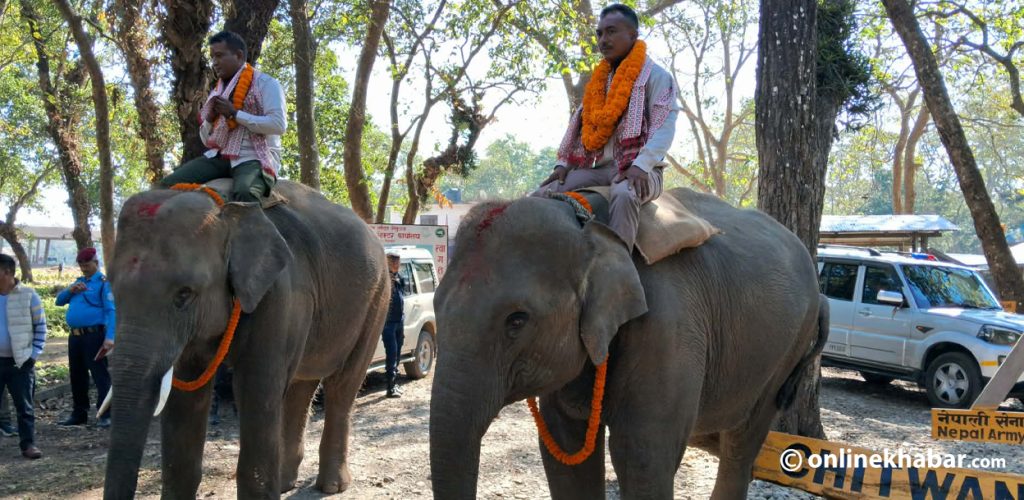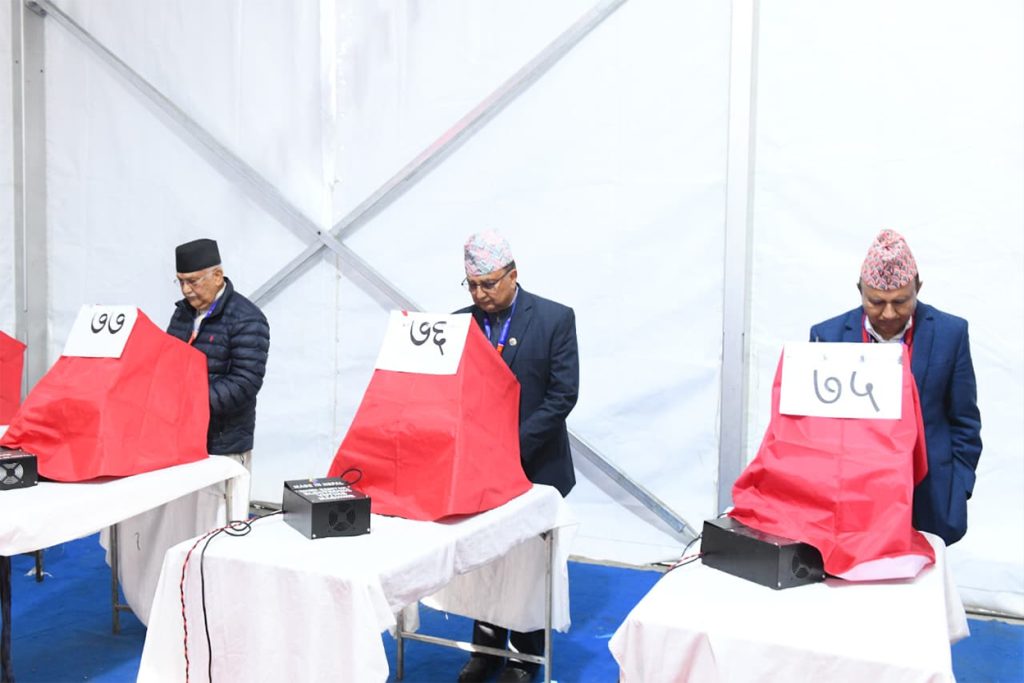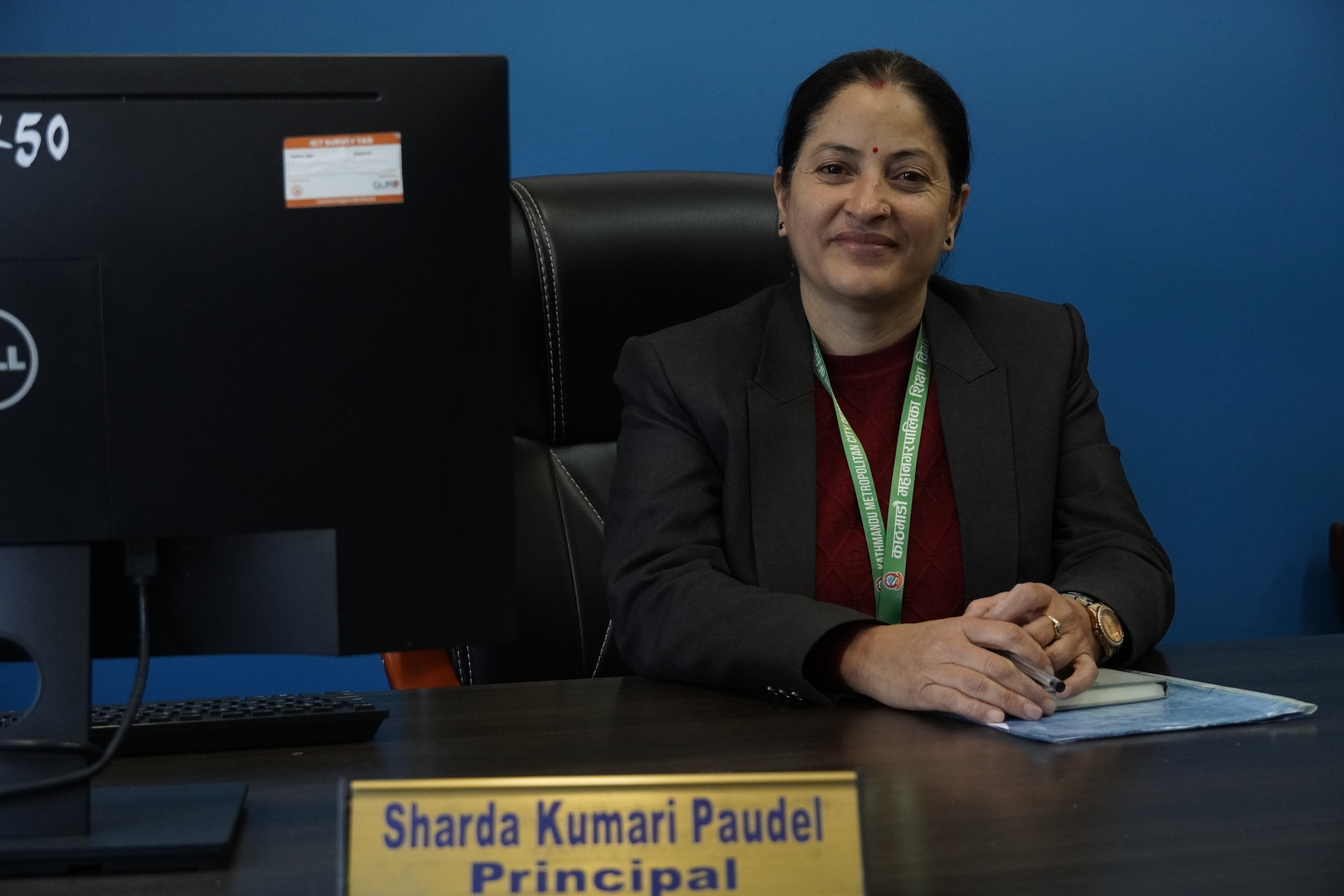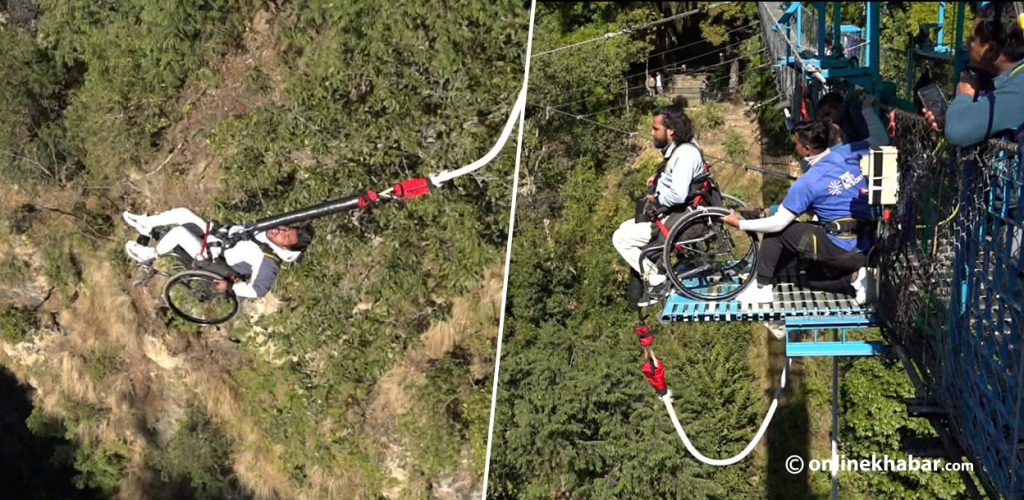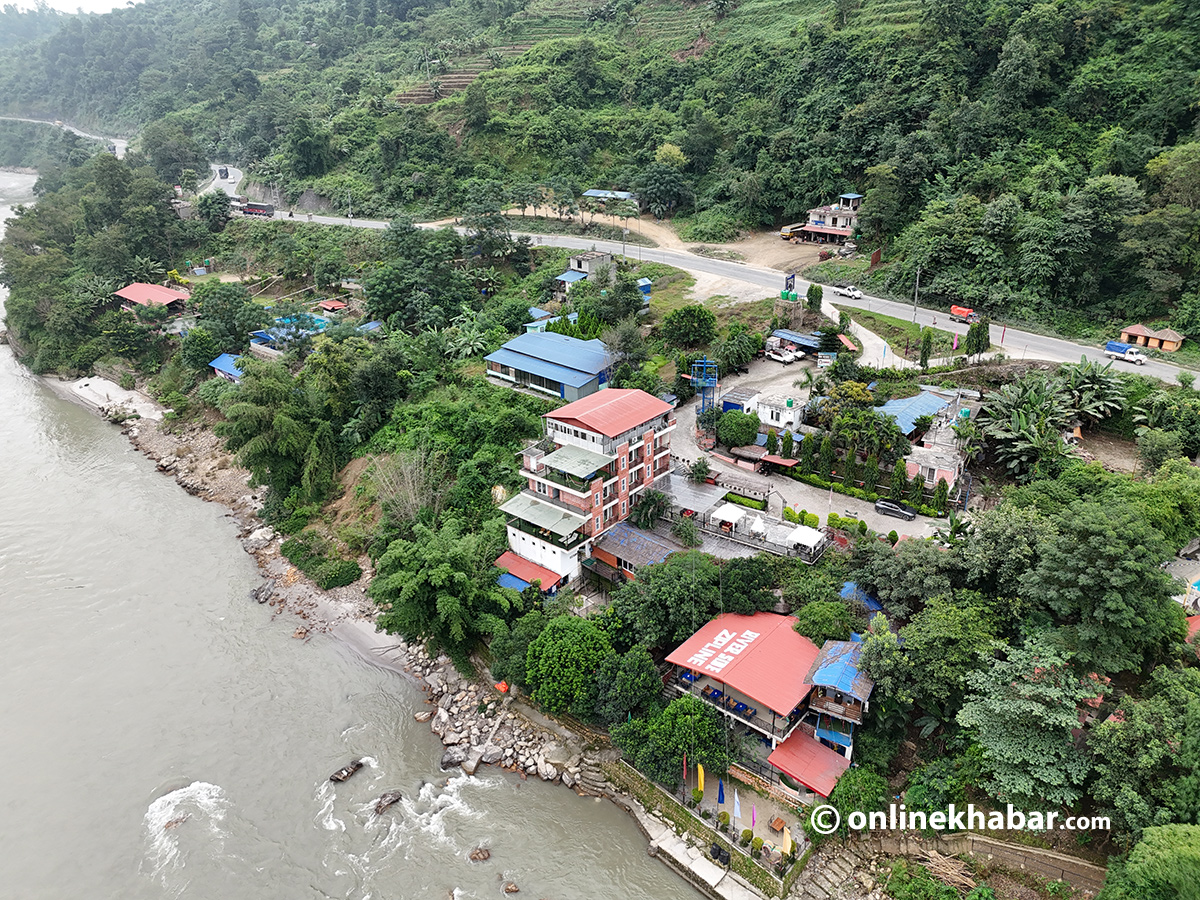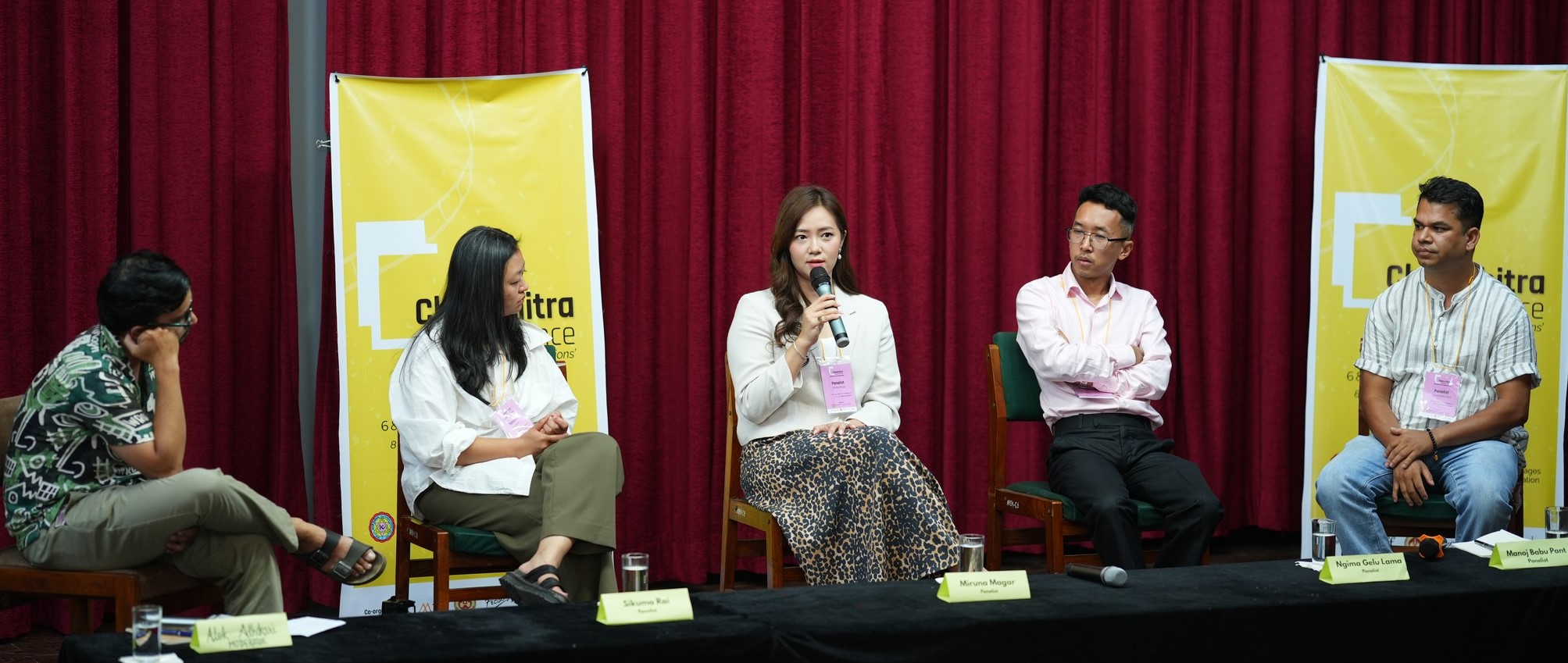
The history of Nepali film dates back to 1951 with the release of the first Nepali film, Satya Harischandra. However, there is debate about whether Satya Harischandra should be considered the first Nepali film. Critics argue that it was originally made in Hindi and only later dubbed into Nepali.
Since then, the Nepali film industry has undergone significant transformations. There was a time when Nepali films were often criticized for copying Hindi films. However, things have changed.
Today, many Nepali movies are rooted in local contexts and have successfully traveled to various international film festivals, earning awards and acclaim. In addition, films are no longer just being made in Nepal; institutions are also offering formal film education. Currently, Tribhuvan University and Kathmandu University both offer bachelor’s and master’s degrees in film studies. Formal film education began in 2005 with the establishment of Oscar International College (College of Film Studies).
Discussion on less discussed matter
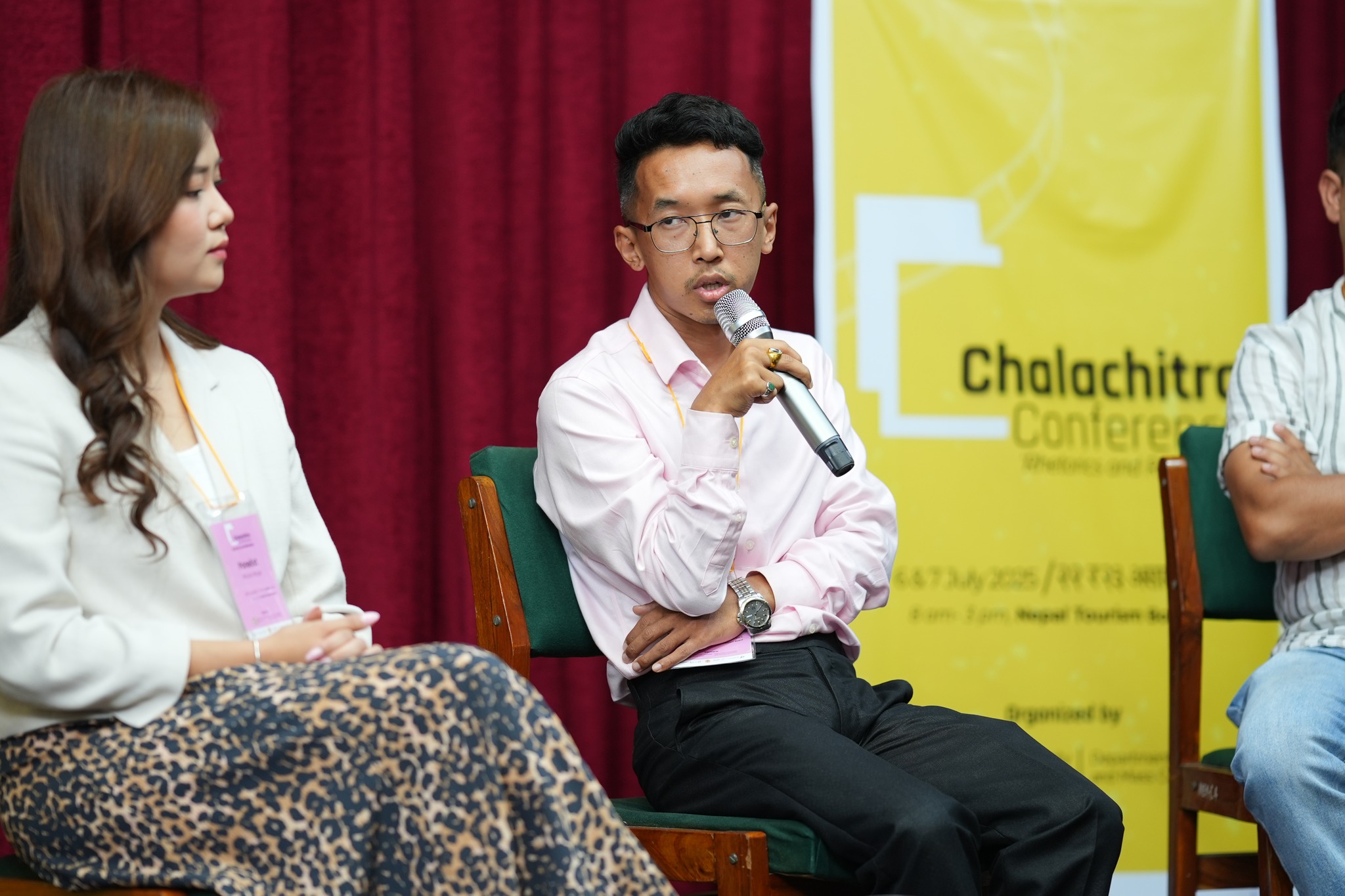
Film education has been gaining notable popularity in Nepal. However, discussions around its importance, impact, challenges, and current status have been rare. On July 8, during the Chalachitra Conference organized by the Department of Language and Mass Communication, a panel discussion titled Nurturing Nepali Cinema: Conversation on Film Education explored various aspects of film education in Nepal.
The panel began by discussing what a film school should offer. According to Manoj Babu Pant, filmmaker and teacher at Oscar International College, a film school should teach both the craft and technique of filmmaking, along with its deeper meaning. It should encourage students to explore both their potential and limitations.
“The film school should also educate students about world cinema and the current state of Nepali cinema,” says Pant.
The panel also featured filmmaker Sikuma Rai, who has attended film school both in Nepal and abroad. She shared insights on how film education differs in the international context.
In Nepal, course options are limited. In contrast, international film schools offer a wide range of specialized courses, including virtual reality (VR), sound design, story strategies, and adapting books into films—many of which are not yet available in Nepal.
“The availability of various options was the greatest freedom I experienced,” says Rai.
She also appreciated that her education abroad provided access to film festivals, where she could watch contemporary films and engage in discourse on current cinematic trends. She also had the opportunity to showcase her films at festivals.
She describes her film school abroad as a playground where students could experiment with various aspects of filmmaking.
“We used to make films and peer-review each other’s work,” she recalls. “I also got to collaborate with my professors.”
The panel also featured Ngima Gelu Lama, a filmmaker and lecturer at Kathmandu University School of Arts, who, like Rai, studied film both in Nepal and abroad.
The existing challenges

Lama also sees a significant difference in the quality and structure of film education between Nepal and other countries.
Lama pursued a master’s degree in fiction film direction through the Kino Eyes: The European Movie Masters program. He shared that the program structure was highly specialized, consisting of four editors, four cinematographers, four directors, and four sound designers selected each year.
“We do have a few film colleges in Nepal, but none of them offer programs like this,” says Lama. “Due to limited resources and infrastructure, we haven’t been able to implement such advanced programs in the country.”
Moderated by Alok Adhikari, Founder of Kathmandu Doc Lab at KIMFF Foundation, the panel discussion also included Miruna Magar, one of the most popular actors in Nepal today, who does not hold any formal education in film.
Magar’s interest in acting was inspired by her mother, a theatre practitioner. Raised in the UK, she explored acting opportunities in Nepal, eventually joining Actor’s Studio to learn acting.
“Film sets became my learning space. I learned from directors, cinematographers, and the entire team,” says Magar.
However, Magar expressed a desire to have received formal film education.
While working on films, she observed the challenges faced by film school graduates through frequent conversations with crew members who had formal education on filmmaking.
“I’ve heard from many film school graduates that they struggle to apply the theories they learned in practice,” says Magar. “That seems to be a major challenge in film education.”
Adding to Magar’s point, Pant noted that while film education in Nepal has seen positive changes, challenges remain.
“Due to factors like market trends and job insecurity, students are often unable to apply what they’ve learned in film school,” he says.
Pant also believes that the lack of education in producing and production design contributes to existing challenges in the industry.
“We tried to introduce such courses, but due to a lack of human resources, we had to withdraw,” he says. “Students also lack the resources necessary to fully realize their work.”
Speaking further about the quality a film school should maintain, Lama emphasized that film schools should build strong connections with the industry so that students can secure placements more easily after graduation.
“At KU, internships are mandatory to bridge the gap between the classroom and the industry,” says Lama.
Contradicting anti-film school notion
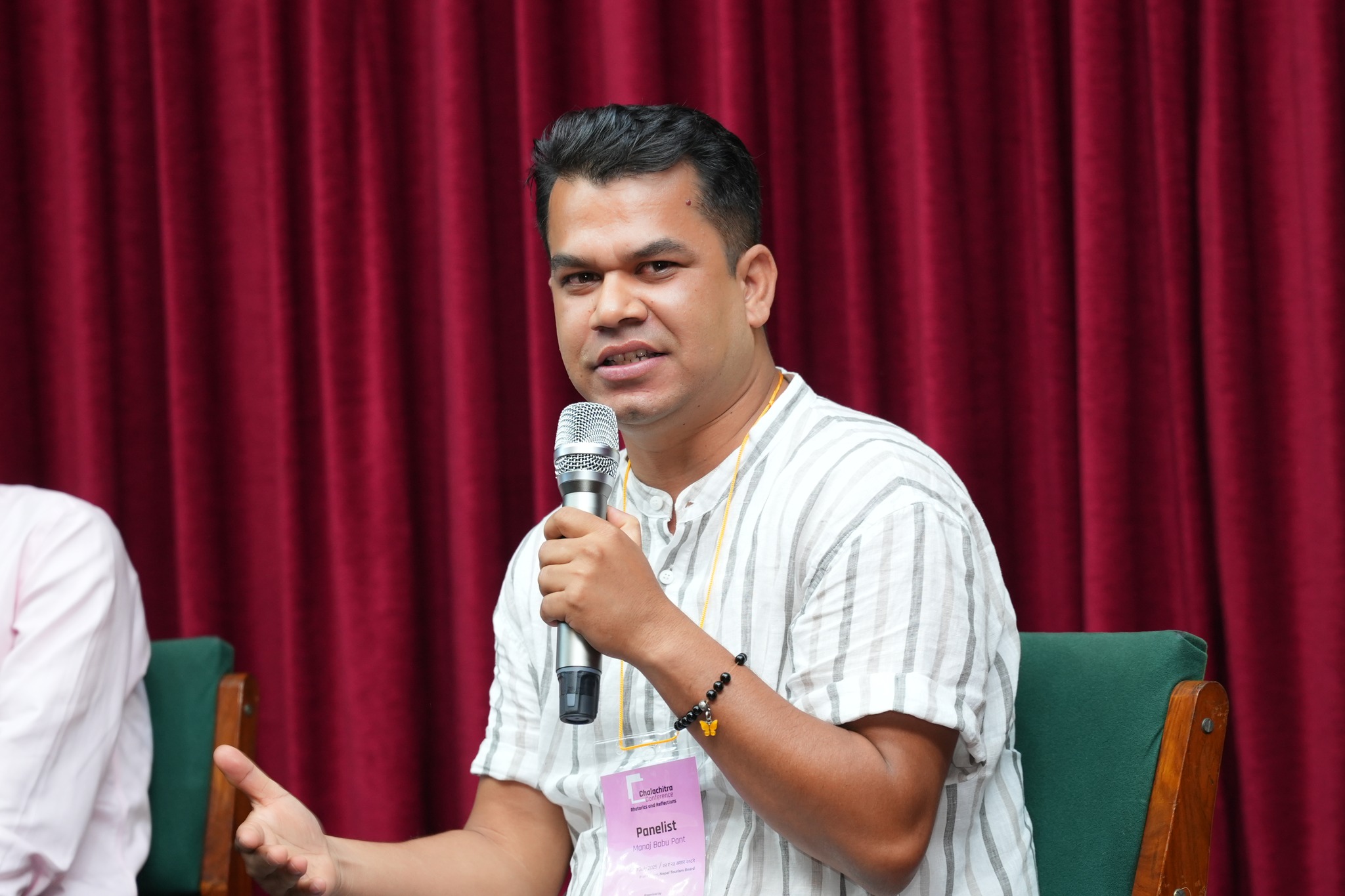
The need for and importance of film schools have long been debated among filmmakers. Many successful filmmakers do not believe in the concept of formal film education. For instance, in an interview, Indian filmmaker Anurag Kashyap once said, “Don’t go to film school. I am anti-film school. Anyone who goes to film school is doomed for failure.”
Some people also argue that with today’s advanced technology, one can learn filmmaking independently without attending a film school.
Contradicting the anti-school notion, Magar asserts that attending film school helps students learn how to structure their work and understand on-set ethics.
Similarly, Rai adds that film school is not only about learning technical filmmaking but also about developing perspective. It exposes students to cultural references and social contexts.
“The conversations in the classroom between classmates and teachers play a vital role in shaping one’s filmmaking journey,” says Rai.
For Pant, the greatest advantage of film school is that it brings together like-minded individuals who end up making films collaboratively.
“Film school is a space where students have the privilege to experiment with various aspects of filmmaking without the fear of failure,” says Pant. “They can try, fail, and try again until they succeed—this kind of freedom is hard to find elsewhere.”
As Nepal’s film industry continues to evolve, so too does the conversation around film education. While opinions remain divided, some praising its structure and collaborative environment, others questioning its practicality, the growing number of institutions, students, and advocates signal a shift toward recognizing its value.






